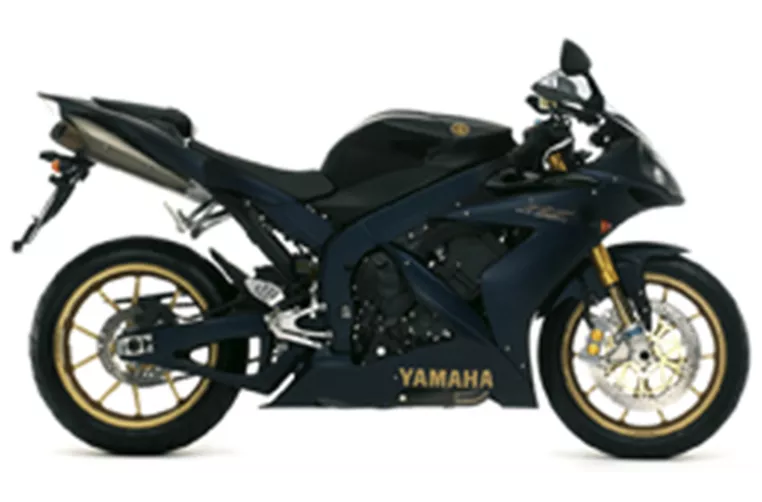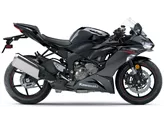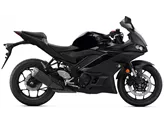Yamaha R1 2006 vs. Yamaha YZF-R6 2017
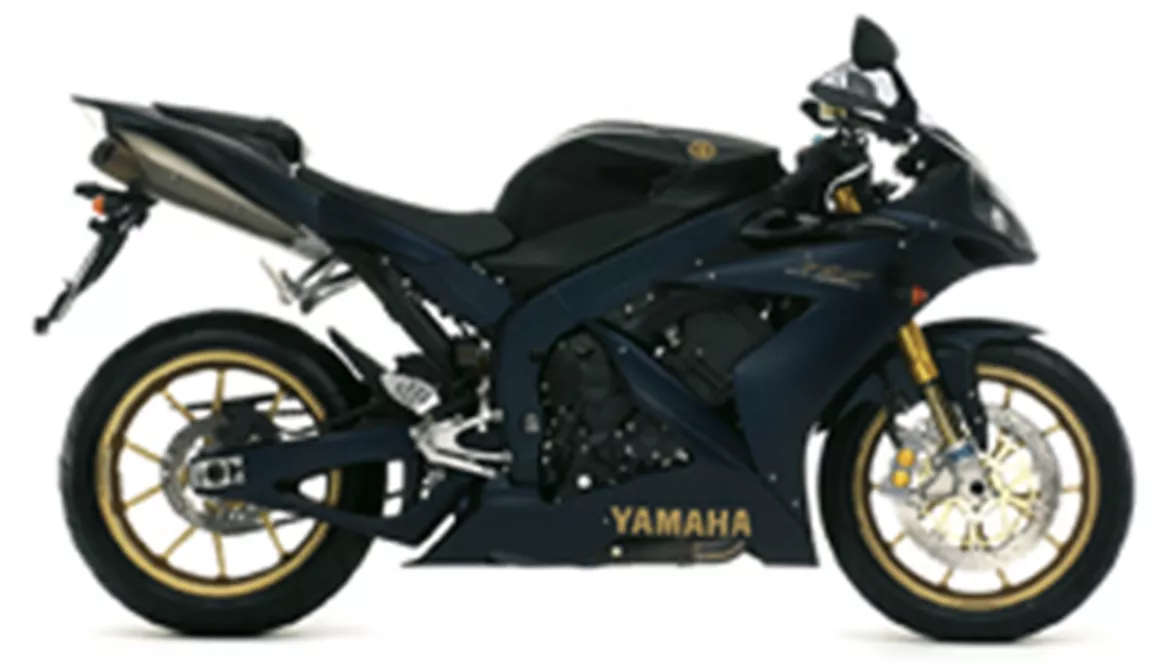
Yamaha R1 2006

Yamaha YZF-R6 2017
Overview - Yamaha R1 2006 vs Yamaha YZF-R6 2017
The Yamaha R1 model year 2006 and the Yamaha YZF-R6 model year 2017 are both high-performance motorcycles designed for the supersport category. While they share some similarities in terms of their technical specifications, they also have distinct differences in terms of power, dimensions, and features.
Starting with the Yamaha R1 2006, this motorcycle boasts a powerful engine with an output of 172 horsepower. It features a 998cc four-cylinder engine, providing impressive acceleration and top speed. The aluminum frame ensures a lightweight and rigid structure, enhancing the bike's handling and maneuverability. The double disk front brakes offer strong stopping power, ensuring excellent braking performance. With a wheelbase of 1395mm, the R1 provides stability and agility on the road. The seat height of 835mm may suit riders of various heights, and the 18-liter fuel tank capacity allows for longer rides without frequent refueling.
In terms of strengths, the Yamaha R1 2006 is known for its no-worry riveting performance. The powerful engine delivers exhilarating speed and acceleration, making it a thrill to ride. The traction control system ensures optimal grip and stability, even in challenging road conditions. The anti-hopping clutch provides smooth gear shifting and prevents rear-wheel lock-up during aggressive downshifting. The inclusion of a steering damper enhances stability and control, especially at high speeds. Overall, the R1 2006 offers precise handling and a thrilling riding experience.
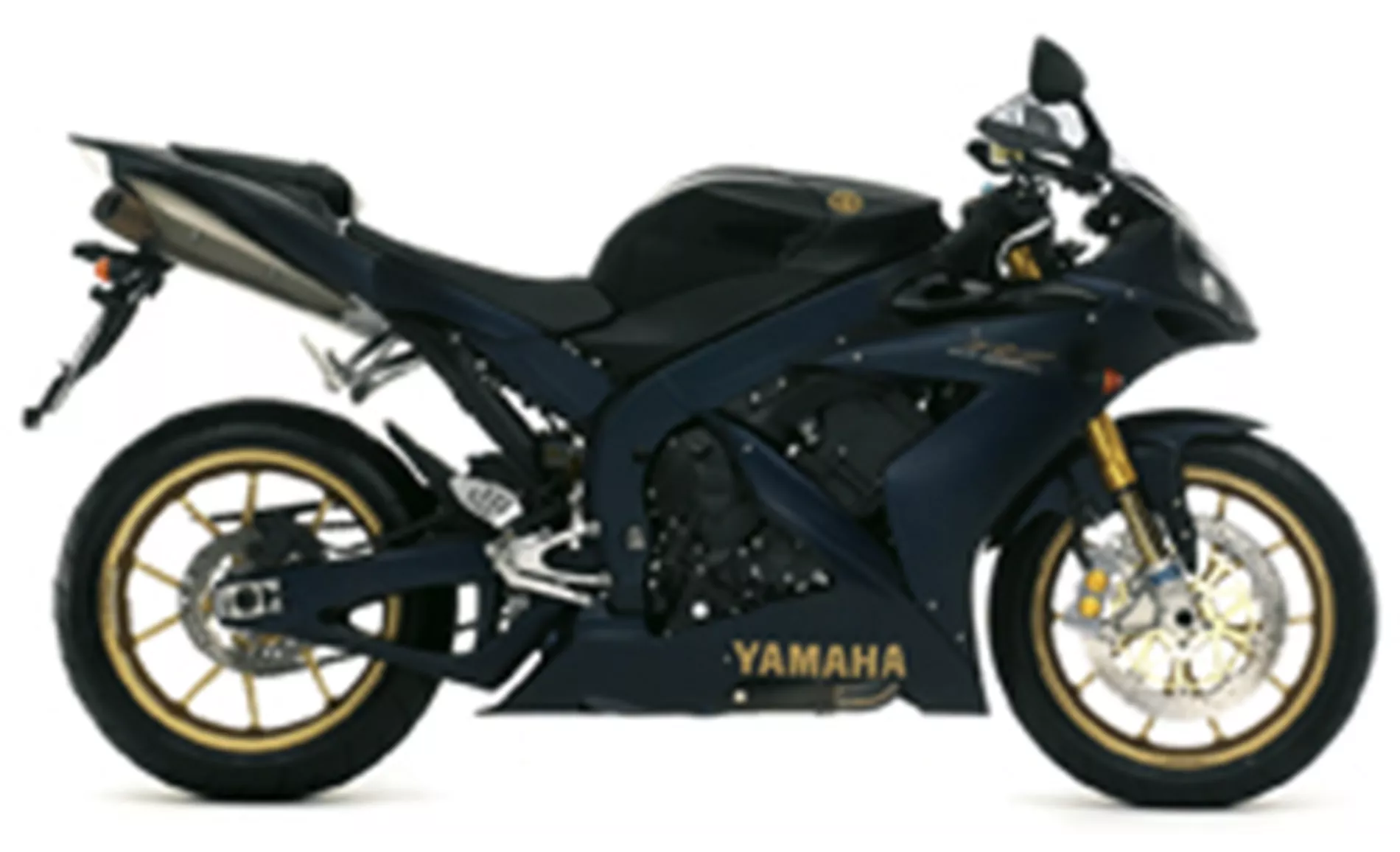
Yamaha R1 2006
However, the Yamaha R1 2006 does have some weaknesses. The seating position is often criticized for being uncomfortable, with a sub-optimal posture that can cause discomfort during long rides. Additionally, the bike requires significant body effort during turns, which can be tiring for riders.
Moving on to the Yamaha YZF-R6 2017, this motorcycle also features a four-cylinder engine, but with a lower power output of 124 horsepower. The engine displacement is 599cc, providing a balance between power and agility. Similar to the R1, the YZF-R6 has an aluminum frame for lightweight and responsive handling. The double disk front brakes offer strong and direct stopping power, ensuring reliable braking performance. With a slightly shorter wheelbase of 1375mm, the YZF-R6 offers nimble and precise handling. The seat height of 850mm may be slightly higher than the R1, but it still provides a comfortable riding position for most riders. The fuel tank capacity is 17 liters, allowing for decent range between refueling stops.

Yamaha YZF-R6 2017
In terms of strengths, the Yamaha YZF-R6 2017 is praised for its strong and direct brakes, providing confidence-inspiring stopping power. The sharp and aggressive looks of the bike make it visually appealing to many riders. The inclusion of an automatic gearshift system adds convenience and ease of use, especially during spirited riding. The YZF-R6 also offers good wind protection, reducing rider fatigue on longer rides. The precise handling and high transparency of the bike's performance make it a favorite among riders who value agility and responsiveness.
However, the Yamaha YZF-R6 2017 does have some weaknesses. The radical seating position may not be suitable for touring or long rides, as it can cause discomfort for some riders. The standard power output of 118.4 horsepower may be considered lower compared to other bikes in its class. Upgrading the bike to increase power can be cost-intensive, which may be a drawback for some riders.
In conclusion, the Yamaha R1 2006 and the Yamaha YZF-R6 2017 are both impressive motorcycles in the supersport category. The R1 offers a more powerful engine and a slightly more comfortable seating position, making it suitable for both aggressive riding and longer journeys. On the other hand, the YZF-R6 provides a balance between power and agility, with a more aggressive seating position and a slightly lower power output. Ultimately, the choice between these two bikes depends on the rider's preferences and intended usage.
Technical Specifications Yamaha R1 2006 compared to Yamaha YZF-R6 2017
Pros and Cons in comparison
Pros and Cons in comparison
Yamaha R1 2006
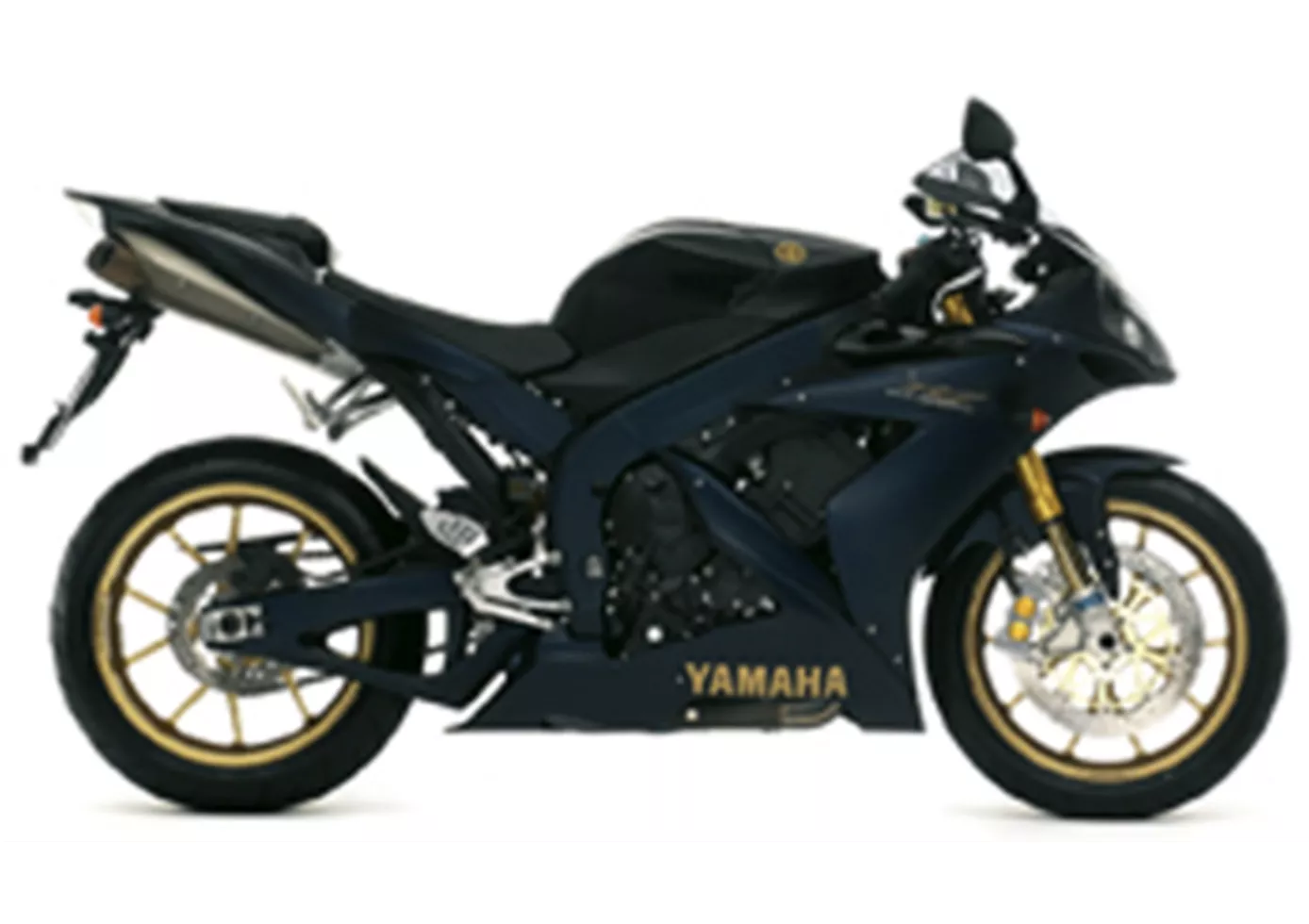
The new R1 is a motorbike full of high-tech and innovation. The performance offered on the race track is impressive. Because the technical gadgets translate into riding fun and lap times. Nevertheless, the bike demands an active rider to avoid becoming exhausting.
Yamaha YZF-R6 2017

The Yamaha R6 2017 is still a visually and dynamically radical supersport motorbike that is one of the best and probably the last of its kind. The EURO4 standard costs the 599 cubic in-line four-cylinder with titanium valves a whole 11 hp compared to the 2007/2008 model. Yamaha is clearly targeting hobby, amateur and professional racers who don't care about standard performance anyway. With more than 50 accessories, the R6 can be upgraded according to need and budget. However, everyone should be aware that this can cost a lot of money.
Price Comparison Avarage Market Price Yamaha R1 vs Yamaha YZF-R6
There are a few key differences between a Yamaha R1 2006 and a Yamaha YZF-R6 2017. There are the same number of bikes of both models available on the 1000PS.de marketplace, specifically 5. It takes less time to sell a Yamaha R1 with 44 days compared to 136 days for a Yamaha YZF-R6. Since model year 2005 1000PS.de editors have written 80 reviews for the Yamaha R1 and 33 reviews for the Yamaha YZF-R6 since model year 2005. The first review for the Yamaha R1 was published on 28/04/2003 and now has more than 3,900 views. This compares to more than 3,600 views for the first review on Yamaha YZF-R6 published on 17/10/2002.
